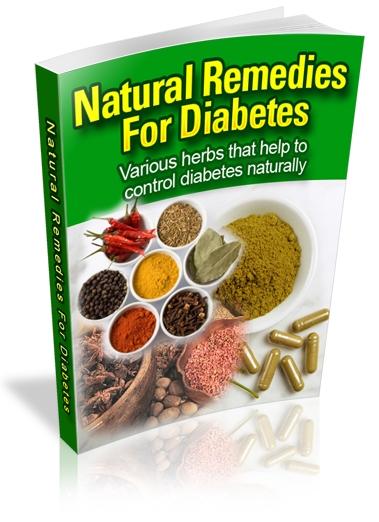Food menu with the diabetic food exchange
Food exchange is a method of meal planning for diabetes, developed since 1950. Being a diabetic patient, the diabetic exchange list is a handy tool which will help you to learn how to eat well with your condition.
According to the food exchange, you will find that all types of food are clustered into groups of similar foods which all have the same amount of carbohydrates per serving size.
These Serving sizes are intended to keep all foods within a group at the same amount of calories, fat, and grams of carbohydrates.
Exchange lists simplify meal planning and ensure a balanced diet for you. If you are on insulin treatment, don’t worry about your ratio of carbohydrates because following diabetic food exchange makes it easier to figure out your to insulin doses.
The exchange list adds variety to your diet, as you can easily swap one food in a group for another in the same group when making food choices.
Now, there are 8 exchange groups according to American Dietetic Association (ADA), which are: vegetables, lean protein, fat-free and very low fat milk, medium fat proteins, very lean protein, starches, fruits, and fats.
1-Vegetables:
This group contains 25 calories and 5 grams of carbohydrate, and one serving equals:This group contains 25 calories and 5 grams of carbohydrate, and one serving equals:
½ cup cooked vegetables (carrots, broccoli, cabbage, etc.)
1 cup raw vegetables or salad greens
½ cup vegetable juice
You can eat more steamed or fresh vegetables if you still feel hungry.
2-Fat-Free and Very Low fat Milk:
Which contains 90 calories per serving, and one serving equals:
½ cup cooked¾ Cup plain non fat or low fat
1 Cup Milk, fat-free or very-very low fat
1 Cup yogurt, artificially sweetened
3-Very Lean Protein:
In this group choices have 35 calories and 1 gram of fat and one serving equals:
1 ounce Turkey breast or chicken breast with skin removed
1 ounce Fish fillet
1 ounce Shellfish (clams, lobster, scallop, shrimp)
1 ounce canned tuna in water
1 ounce Fat-free cheese
¾ cup cottage cheese, none or low fat
2 each egg whites
¼ cup egg substitute
½ cup cooked beans
4-Fruits
Contain about 15 grams of carbohydrate and 60 calories, and each serving equals:
Small Banana or Apple
1Cup Strawberries
orange
5-Lean Protein choices:
Cover 55 calories and 2-3 grams of fat per serving which equals:
1 ounce Turkey or chicken, dark meat with skin removed
1 ounce Lean beef
1 ounce Low fat luncheon meat
1 ounce Low fat cheese
2 medium sardines
6-Medium Fat Proteins:
Include 75 calories and 5 grams of fat per serving. Serving size equals:
1 ounce beef, corned beef, ground beef
1 ounce Mozzarella cheese
1 each Whole egg
¼ Cup Ricotta cheese
7- Starches:
Covers 15 grams of carbohydrate and 80 calories per serving, each serving equals:
1 Slice of whole wheat or white bread
2 Slices of low calorie bread
½ Hamburger bun or English muffin
¾ Cup Cold cereal
8- Fats:
Are 45 calories and 5 grams of fat per serving which equals:1Teaspoon of butter or vegetable oil
1 Slice of Bacon
2 Tablespoons of cream cheese
1/8 Avocado
All foods within a group have approximately the same carbohydrates, protein, fat and calorie value per each specified serving size. The foods within each group can be exchanged for each other; this will give more choices for your food menu.
If your food exchange list is not enough for you, click here for a natural alternative which works.






New! Comments
Ask A question Or Leave a comment.